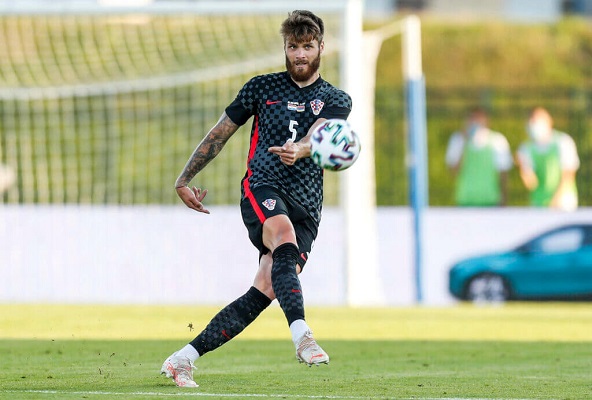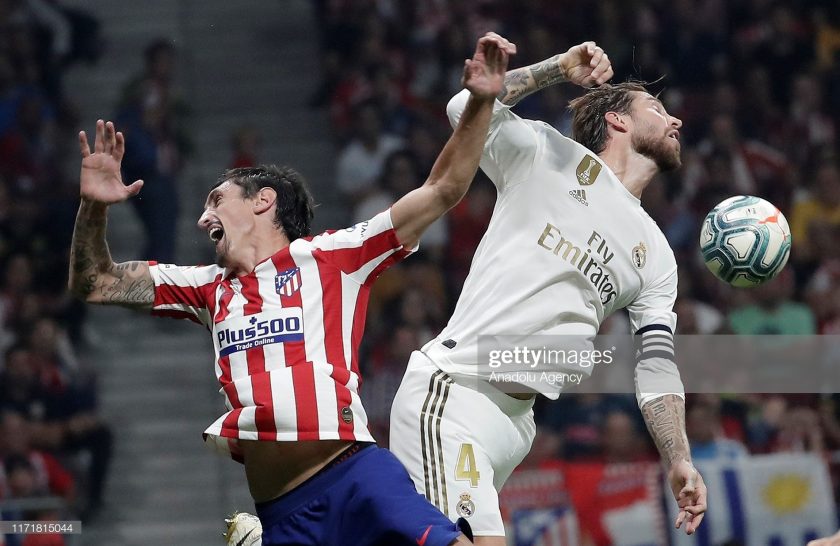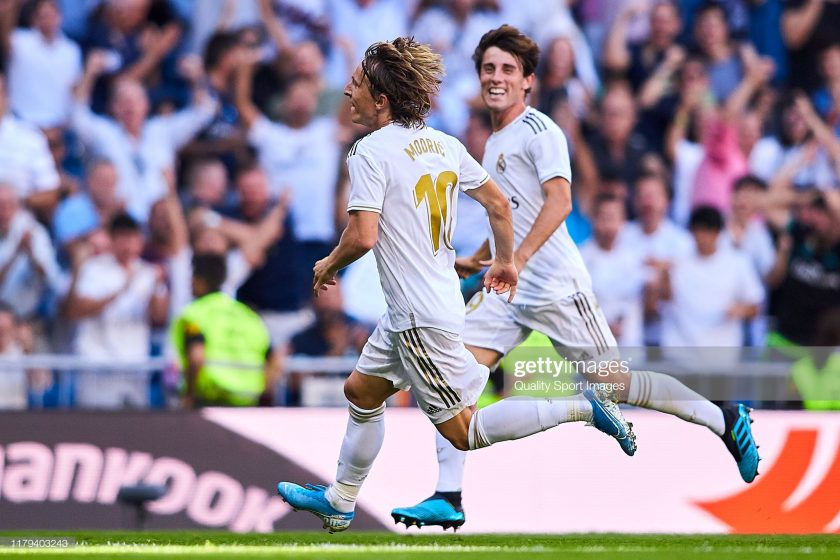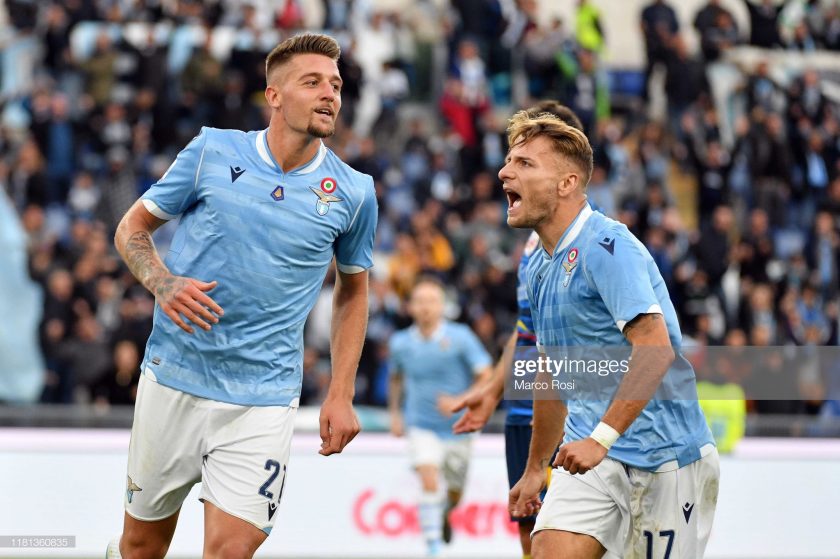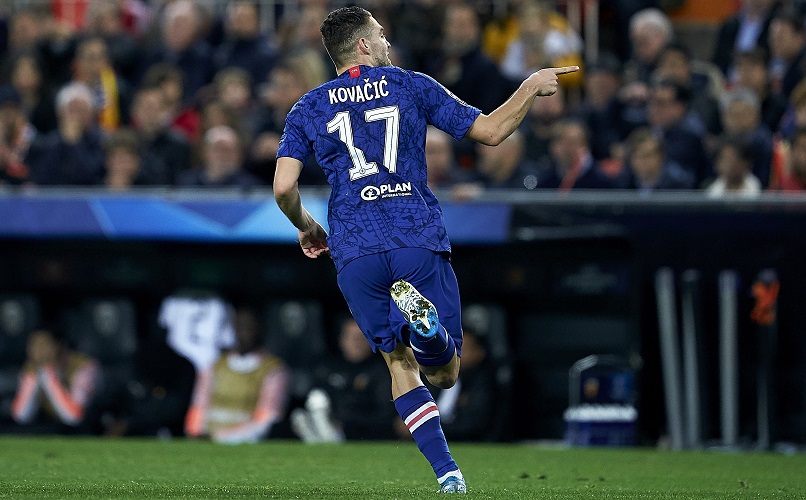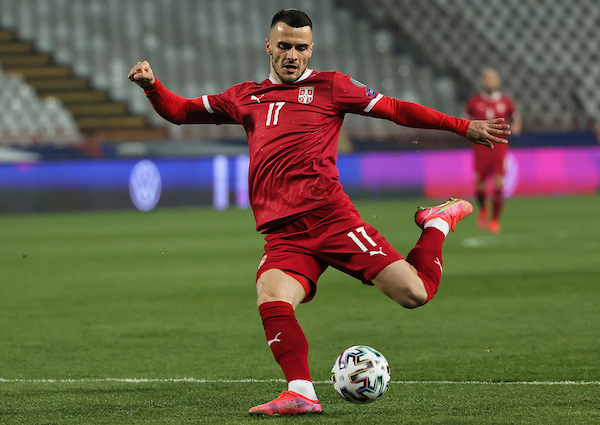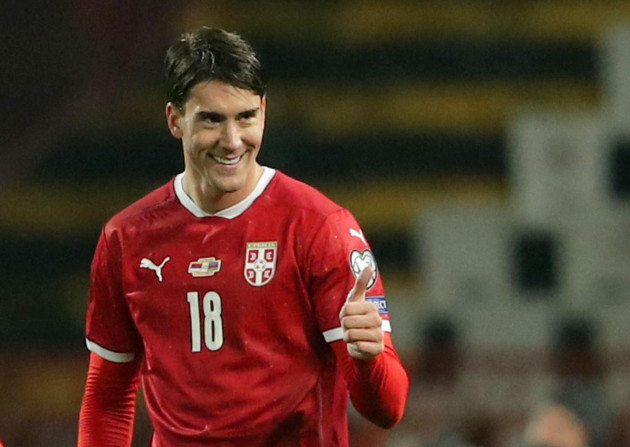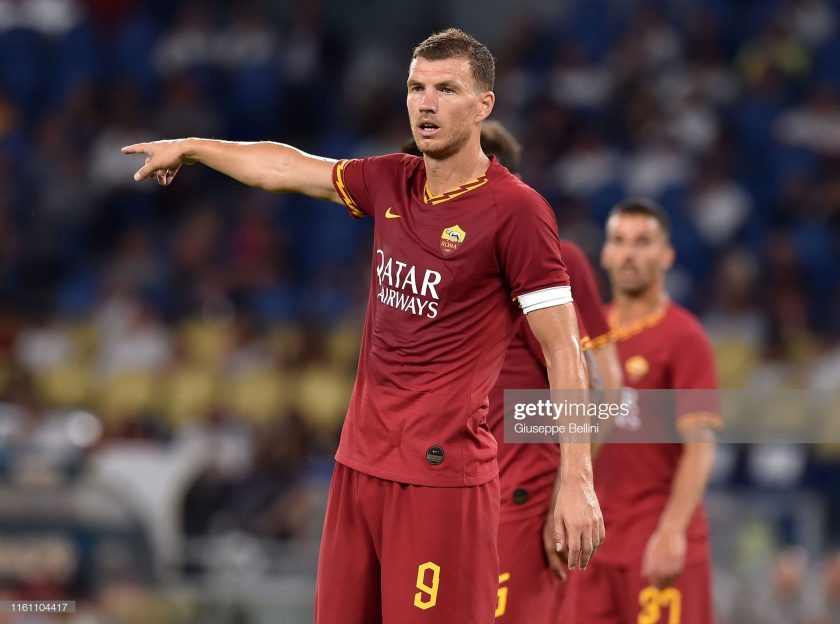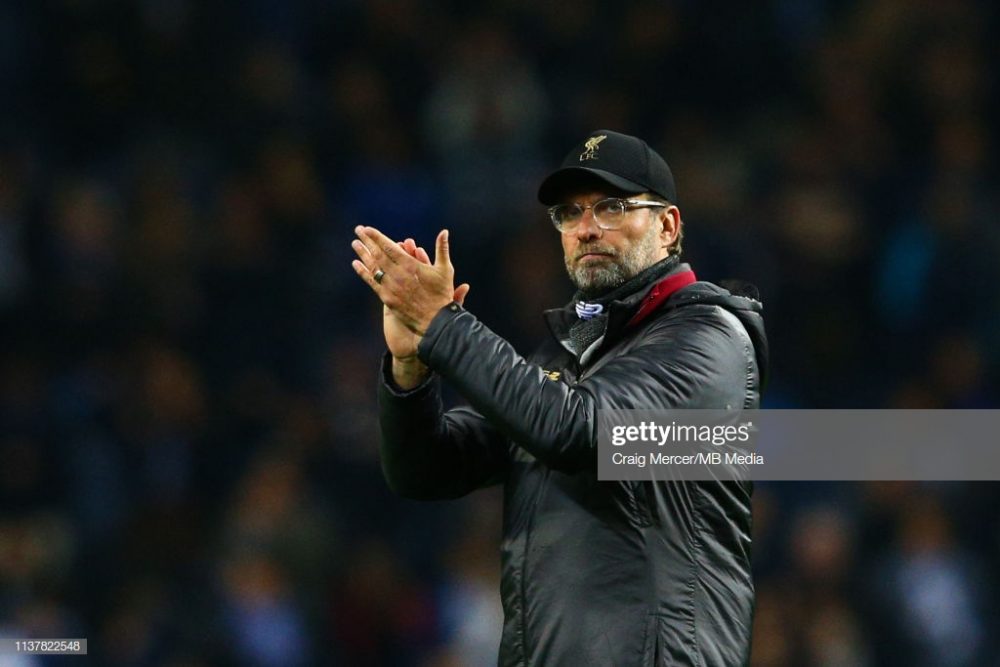This week marked 30 years since the Socialist Federal Republic of Yugoslavia (SFRY) officially ceased to exist. The geopolitical legacy of the country invokes a broad range of feelings and memories all across Europe and indeed the world, both positive and negative, as its seven successor states all went their own way across a period of nearly 20 years.
From a purely footballing perspective, it’s interesting to observe the former country’s football journey, both pre-and post-breakup, with the SFRY and its successor states having been a hotbed of footballing talent for generations. Although the country never managed to win a major international trophy, the Yugoslavia football team did manage to achieve semi-final finishes in the World Cups of 1930 and 1962, and finished as European Championship Runners-up in 1960 and 1968.
It is sometimes claimed that Yugoslavia would’ve had a realistic shot at winning Euro ’92 had the team not been expelled due to the ongoing internal conflict at the time, a claim backed up by Red Star Belgrade’s European Cup victory in 1991 and Croatia’s third-place finish in World Cup ’98.
What about the modern day? The idea of a re-united Yugoslavia XI with players drawn from the SFRY’s successor states is sometimes theorised by football fans, especially following Croatia’s extraordinary run to the World Cup Final in 2018. But what would this team actually look like?
Here is our Yugoslav XI, highlighting the very best footballing talent from the modern-day countries of the former SFRY, 30 years on.
Table of Contents
Yugoslavia XI lineup today
Formation: 3-5-2
GK: Jan Oblak (Slovenia, Atletico Madrid)
We begin in goal with Atletico Madrid and Slovenia’s Jan Oblak, one of the easiest choices in the entire team. Having started off at Benfica, Oblak made a name for himself as one of the best goalkeepers in the world at Atletico, winning La Liga in 2021 in addition to the Europa League in 2018.
With countless individual awards to his name both in Spanish and UEFA competitions, Oblak has also been named Slovenian footballer of the year a record six times, and must surely rank as the country’s greatest player post-independence, even surpassing Samir Handanovic, another Slovenian goalkeeping great.
CB: Duje Caleta-Car (Croatia, Marseille)
Moving into the back three, our first centre back is Marseille and Croatia’s Duje Caleta-Car. A regular for Les Olympiens since moving to France in 2018, Caleta-Car has grown into a key player for the team, helping them to consistently achieve high-placed finishes in Ligue 1. His performances have not gone unnoticed, with reported interest from Premier League sides during both the summer of 2021 and in January.
Caleta-Car has 22 Croatia caps to his name, making his international debut in 2018 and being a member of the World Cup squad that finished as runners-up that year. The 25-year-old seems a perfect player to help the team transition from the old to new generation of Croatian footballers.
CB: Stefan Savic (Montenegro, Atletico Madrid)
Amongst all of the former Yugoslav nations, there is currently no better centre back than Montenegro’s Stefan Savic, which has been the case for several years now.
The Atletico Madrid defender has made over 200 appearances for the Spanish club since signing in 2015, and has won both La Liga and the Europa League. The 31-year-old also won the 2012 Premier League during a one-season stay at Manchester City early on in his career.
With 62 Montenegro caps to his name, he is third in the national team’s list of most-capped players, and has won the Montenegrin Footballer of the year award five times, second only to Mirko Vucinic’s tally of seven.
CB: Josko Gvardiol (Croatia, RB Leipzig)
Croatia’s amazing run in the 2018 World Cup was seen by some as the final hurrah of a brilliant generation of footballers that could never be replaced – but in recent months, defender Josko Gvardiol has proven that there is still plenty of talent coming up through the ranks in Croatia.
The young centre back has been making waves for RB Leipzig in the Bundesliga so far this season, being a mainstay of a team that sits fourth in the league and has reached the Europa League semi-finals.
Gvardiol has ten Croatia caps to his name so far, and started all of the team’s matches at Euro 2020. At the age of just 20, it looks like he will have a long and prestigious career for both club and country, with some of the top teams in Europe reportedly having him on their radar.
RM: Dusan Tadic (Serbia, Ajax)
Moving to the right-hand side of the midfield, we find the ever-brilliant Dusan Tadic. A solid player in the Premier League for Southampton for many years, it has been in the Netherlands where he has shown his best form, having been absolutely sensational for Ajax since moving there in 2018. Tadic was one of the best Serbian players who ever played in the Premier League.
The Serb winger played a starring role as Ajax dazzled Europe to reached the Champions League semi-finals in 2019, and currently has 12 goals and 17 assists in the Eredivisie this season.
A key player for Serbia, Tadic has earned 84 caps for the national team, scoring 18 goals. He has been named Serbian Footballer of the Year a record three times.
CM: Luka Modric (Croatia, Real Madrid) (C)
Now we move onto the star of the team, who is none other than Real Madrid’s Luka Modric.
The legendary midfielder has been in Spain for almost a decade now, winning an incredible four Champions League titles and countless other honours, remaining a key member of the team to this day.
In terms of international football, Modric’s career with Croatia has been every bit as impressive as his one with Real Madrid. He has amassed a record 148 caps for Croatia, scoring 21 goals, and famously led the team all the way to the World Cup final in 2018, claiming the tournament’s Golden Ball in the process.
As well as winning Croatian Footballer of the year an incredible ten times, the 36-year-old also famously won the Ballon D’or in 2018, the first and only non-Messi or Ronaldo winner of the award since 2007.
Without a doubt Croatia’s greatest ever player, and probably the best from any former Yugoslav nation, past or present.
CM Sergej Milinkovic-Savic (Serbia, Lazio)
Year after year in the Italian Serie A, there always seems to be one guarantee – Sergej Milinkovic-Savic running the show in the Lazio midfield.
A player who has been long admired across Europe, the Serbian has been in terrific form for Lazio yet again this season, registering nine goals and eleven assists in the league so far. In recent years, Milinkovic-Savic has been named Lazio Player of the Season and Serie A Best Midfielder, as well as being chosen for the Serie A Team of the Year.
The 27-year-old currently has 30 caps and five goals for Serbia, and he will no doubt be a key player for the team at the World Cup later this year.
Could a big transfer move soon be on the cards?
CM: Mateo Kovacic (Croatia, Chelsea)
The last of our three central midfielders is Chelsea’s ever-reliable Mateo Kovacic.
The Croatian has become a key figure at Stamford Bridge since moving to the Premier League in 2018, with over 180 Chelsea appearances to his name. Kovacic certainly played his part in Chelsea’s successful Champions League run in 2021, adding to the three previous victories he achieved whilst at Real Madrid.
In international football, Kovacic has earned 77 caps, scoring three goals for Croatia. He has been a member of the squad for the past four major tournaments in a row, a run that’s almost certain to extend to five in Qatar later this year.
LM: Filip Kostic (Serbia, Eintracht Frankfurt)
Out on the left-hand side of the pitch, we find Eintracht Frankfurt’s, Filip Kostic.
A Frankfurt player since 2018, the wide midfielder has been in good form in the Bundesliga so far this season, registering four goals and nine assists, and recently turned in a stunning individual performance to knock Barcelona out of the Europa League, with Frankfurt reaching the semi-finals. He was named to the Bundesliga Team of the Season in 2020.
For Serbia, Kostic has so far earned 45 caps, scoring three goals, and was a member of the squad that went to the World Cup in Russia in 2018.
ST: Dusan Vlahovic (Serbia, Juventus)
It’s fair to say we’ve seen a few promising young strikers emerge in Europe during recent seasons, but few can match the excitement surrounding Dusan Vlahovic.
In the same way that 2020 was Erling Haaland’s breakthrough year, 2021 had a similar effect on Vlahovic, the young Serbian striker firing in goal after goal for Fiorentina, eventually earning him a big move to Juventus in January 2022. Vlahovic currently sits second in this season’s Serie A goals chart, with 23 so far.
The 22-year-old has 14 caps for Serbia at this early stage in his career, with seven goals to his name, an impressive strike rate. His four goals in the World Cup Qualifying campaign played a huge part in Serbia securing automatic qualification to the tournament ahead of the more favoured Portugal.
ST: Edin Dzeko (Bosnia and Herzegovina, Inter)
From a youth prospect to a veteran marksman, completing our team and partnering Vlahovic up top is Bosnian footballing legend Edin Dzeko.
The Inter striker has made a name for himself all over Europe, winning the league in Germany with Wolfsburg and in England with Manchester City, and now has almost 100 Serie A goals to his name as well.
A three-time Bosnian Footballer of the Year winner, Dzeko has earned 120 caps for his country, scoring 61 goals. It is a tally that not only makes him Bosnia’s top scorer, but also the tenth highest international goal scorer across all European nations in football history, an incredible record.
Truly one of the most underrated strikers of his generation, and a fitting note to end our Yugoslavia XI on.

Manchester City and England fan. Writer of opinion and features on all things Premier League and beyond.


